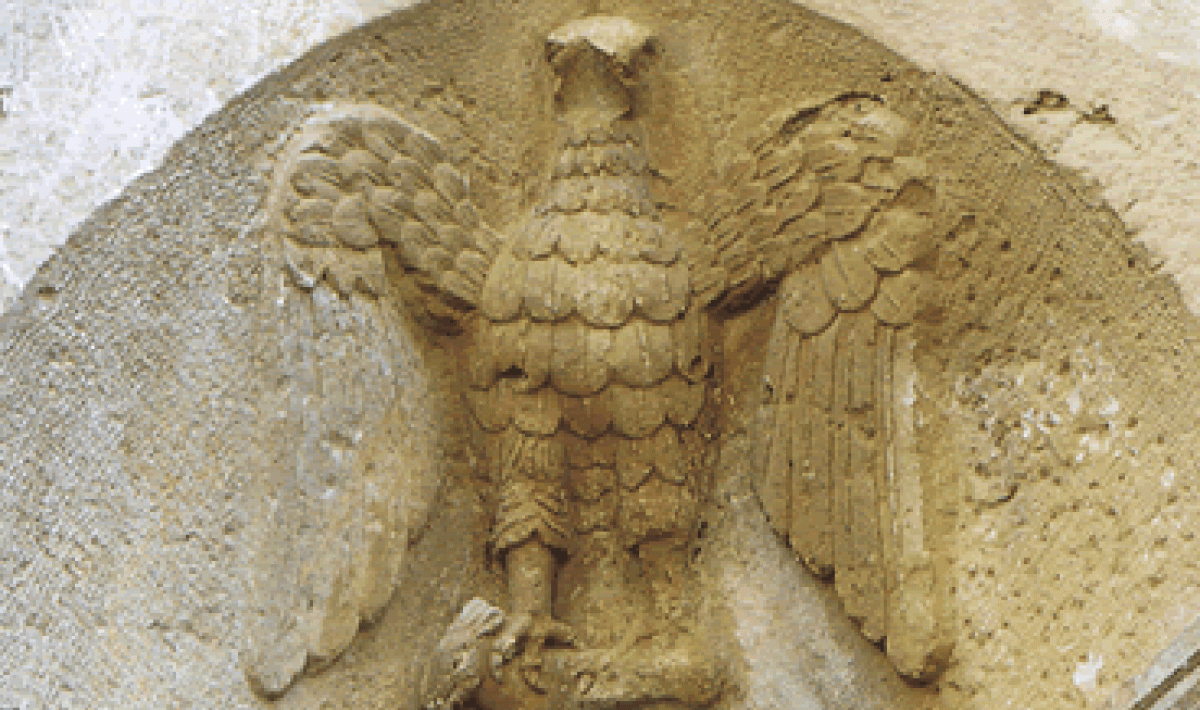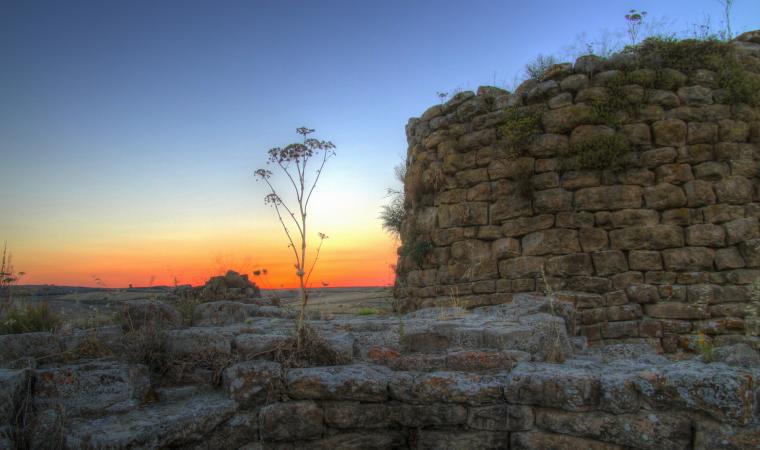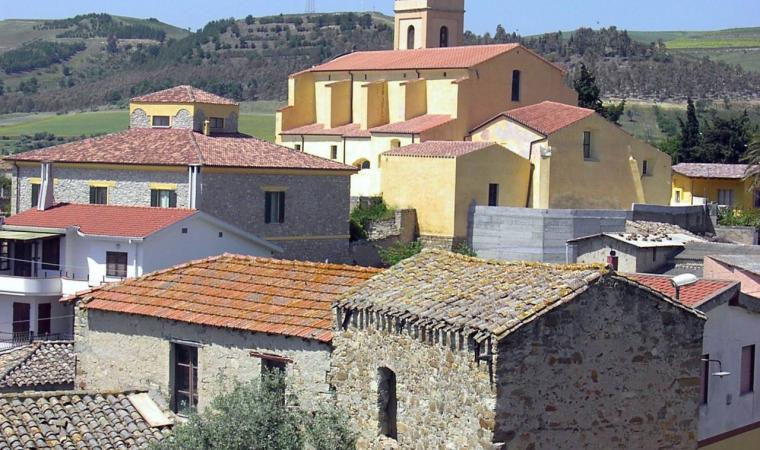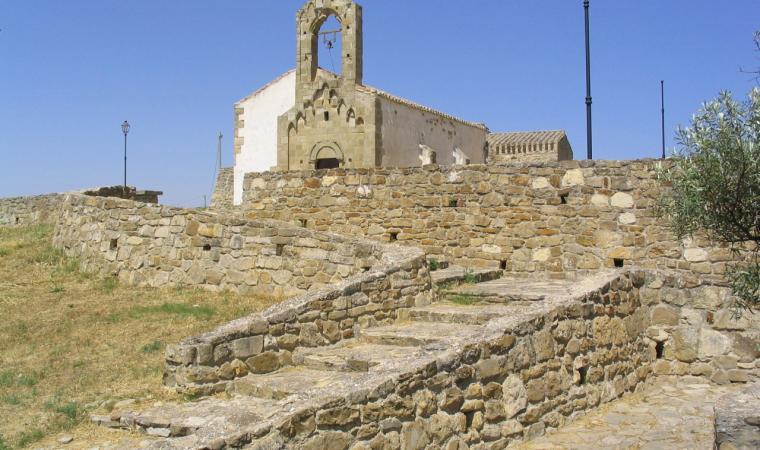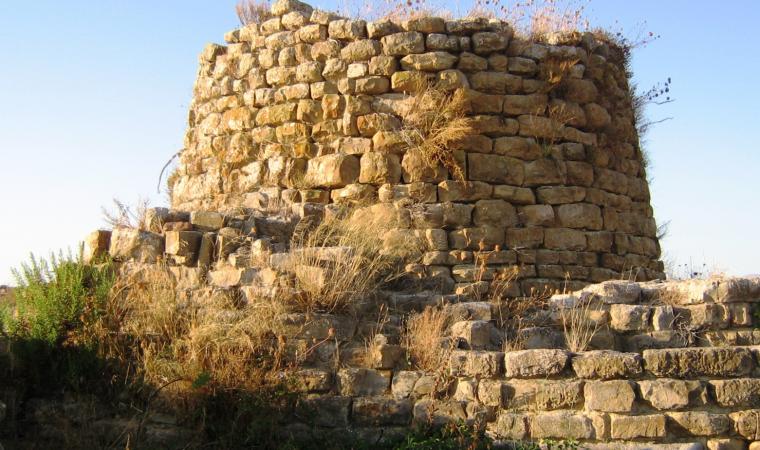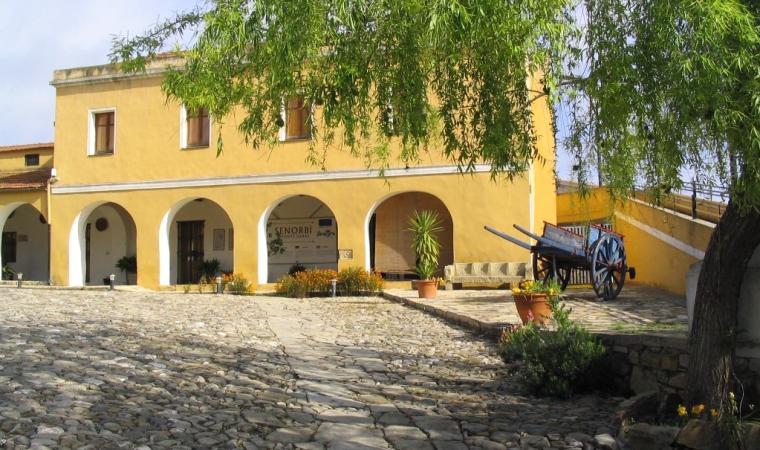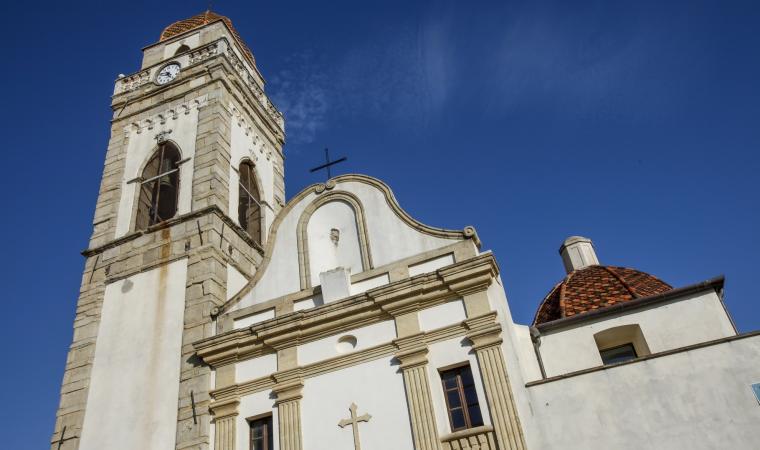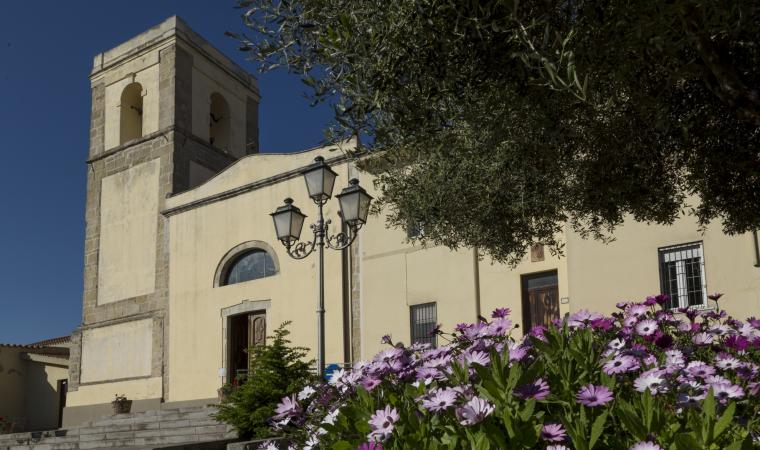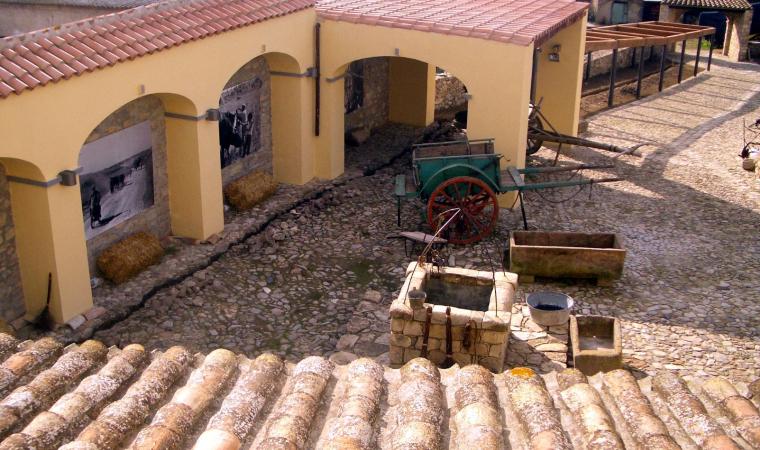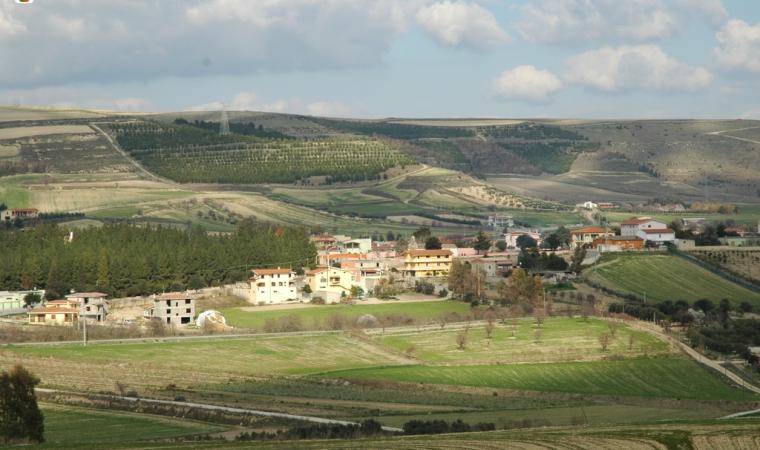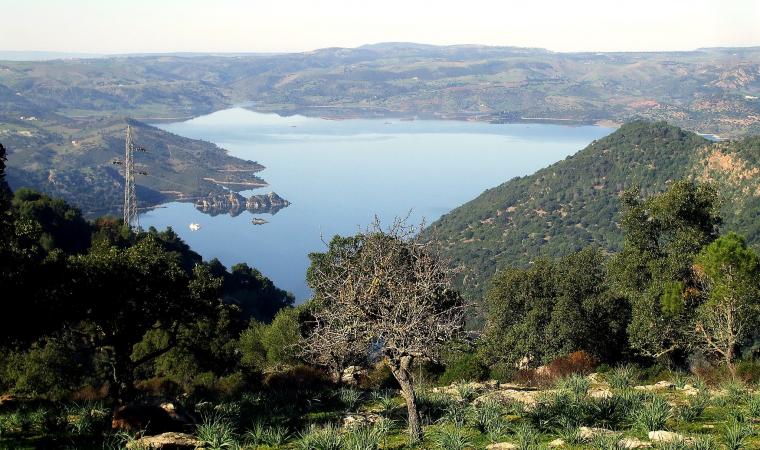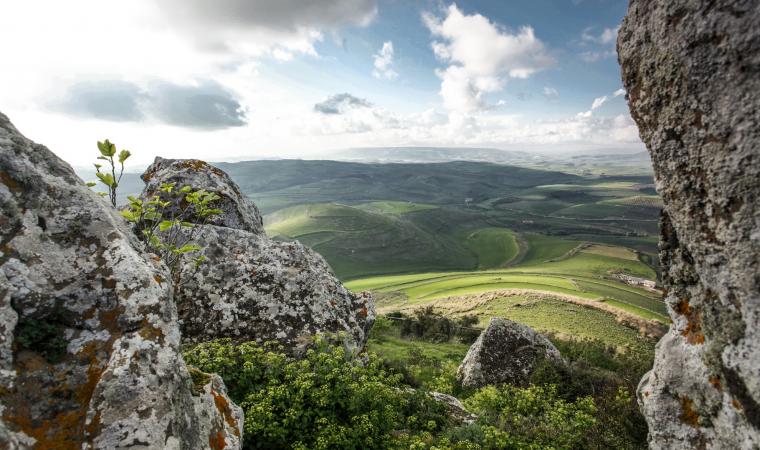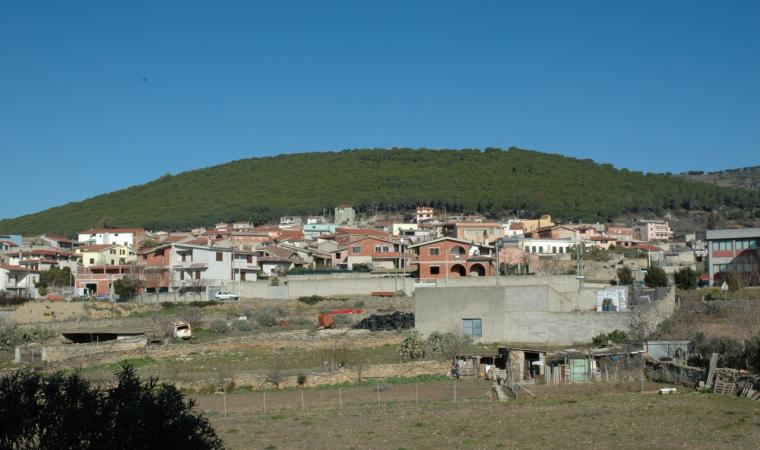San Pietro was a cathedral from the 11th century until 1418, the year in which the diocese of Barbaria, including Trexenta, merged with that of Cagliari. The vicissitudes of the church of San Pietro, the patron saint of Suelli, are closely linked to another saint, San Giorgio, a charismatic figure known for his beatitudes and miracles, becoming the first bishop of the Suelli diocese at the tender age of 22. There is some doubt regarding the origins of the building of worship, with the first written mention dating back to shortly after the death of the bishop (1117) and concerning the donations received. Over the centuries, the building was remodelled several times, yet the clear impressions of the 13th-century structure can still be seen, preserved in the façade. The initial significant work in the 13th century was undertaken by Tuscan masters, who transformed the church into a Romanesque-Pisan style.
The appearance of the now ex-cathedral was altered in the 16th century in a Gothic-Catalan style. The chapels and the bell tower were built with a square barrel with large windows and crenelated frame. It can be seen rising up in the large central piazza, in the upper part of the village with medieval origins. Around it, stone alleyways and houses are arranged irregularly in a radial pattern. In 1869, San Pietro was further (and definitively) restored. Modified during this period, the façade now has a gabled roof and pilaster strips supporting five arches. Remaining from the original structure are the base, part of the portal, a capital from atop the jamb columns and the outlines of the lateral arches. The only nave has a wooden roof. The presbytery is quadrangular with a cross vault, accessed from a pointed arch resting on pillars. Above the altar, a wooden altarpiece from 1533-35 can be admired, having been produced in the workshop of Cavaro di Cagliari. The paintings depict the four evangelists, an Ecce Homo, Saints Paolo, Pietro and Giorgio Vescovo, of whom there is also a wooden statue. Also in wood are a multi-coloured pulpit from 1634, a decorated tabernacle and a 17th-century choir. A chapel houses an 18th-century pipe organ.
The Sanctuary of San Giorgio can be accessed through a chamber in the ‘Gothic’ bell tower. Its façade is smooth and pale yellow in colour. The interior is elegant with antique furnishings, such as the wooden altar. The restoration of the ‘little temple’ brought to light three layers of flooring. The lowest was early medieval, whilst a slab was found in the second covering a sepulchral well with fragments of bones within - perhaps this was the bishop’s sepulchre. The sanctuary also preserves a 17th-century altarpiece, illustrating the life of San Giorgio, and an artistic reliquary that would contain part of the cope belonging to the saint who is celebrated each year for five days after Pentecost. An evocative spiritual itinerary is dedicated to him, with the Cammino di San Giorgio Vescovo. Also the majestic Nuraghe Piscu, symbol-monument of Suelli and of all the Trexenta subregion, would take its name from him: su piscu means “the bishop”.

